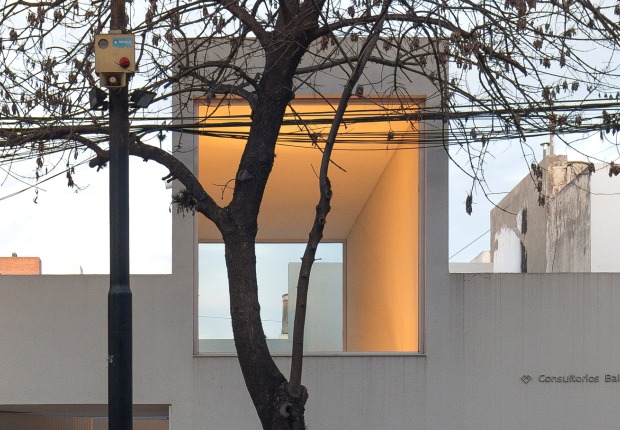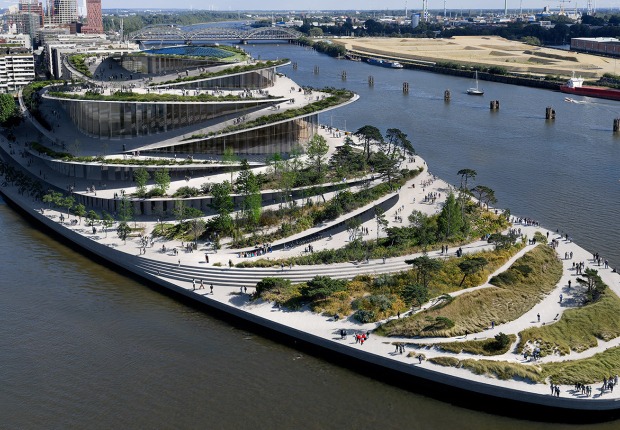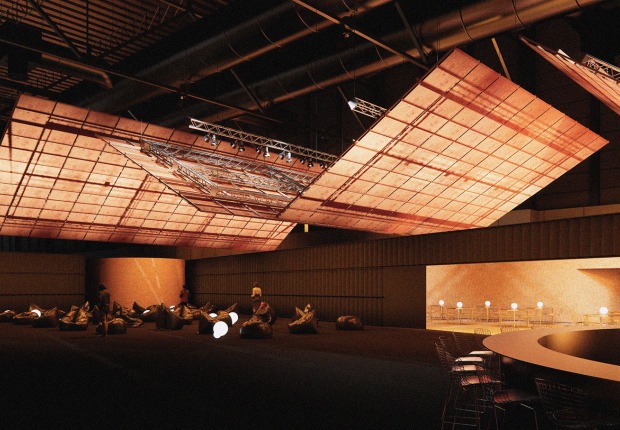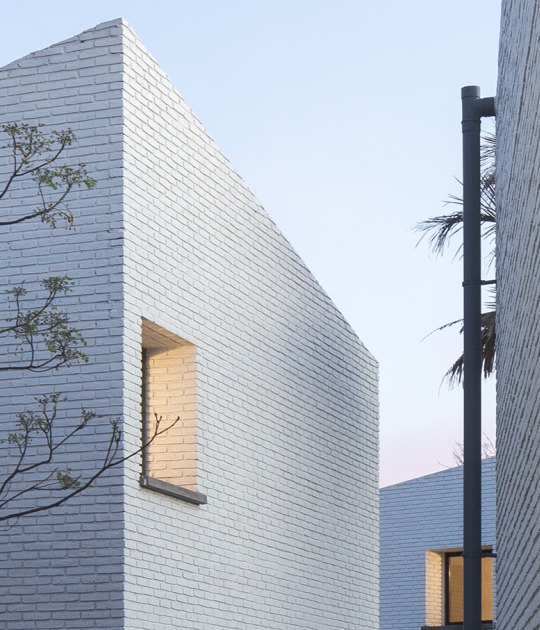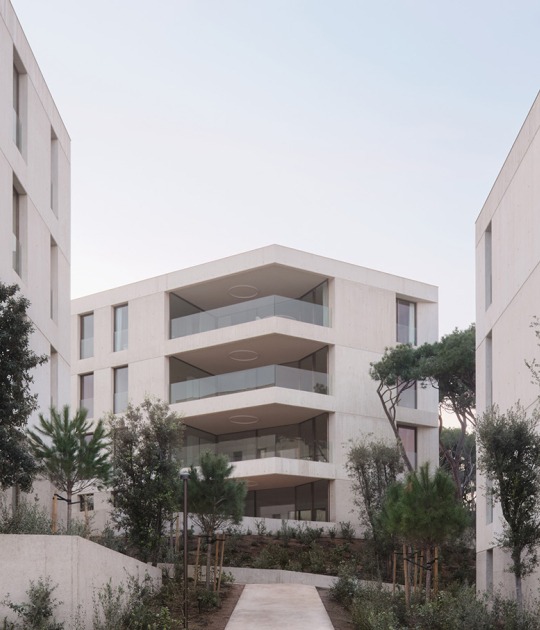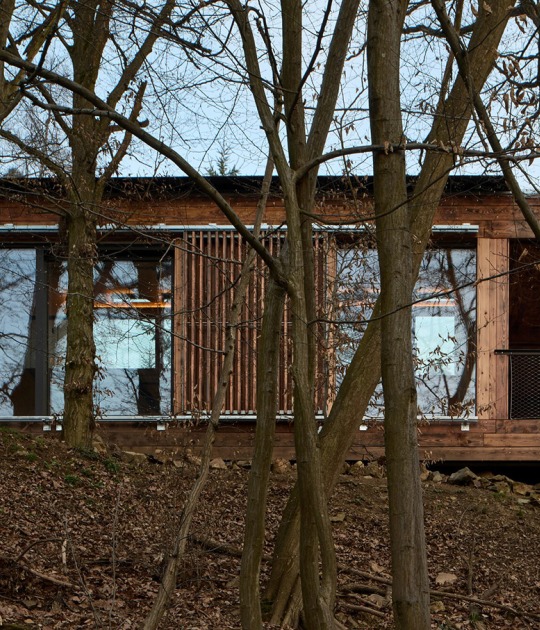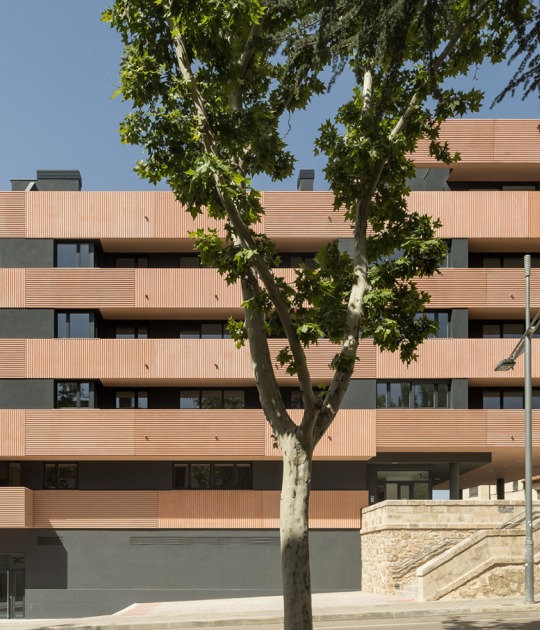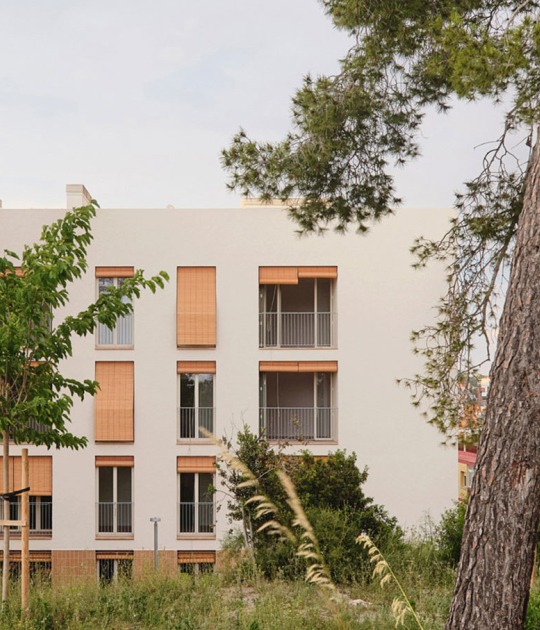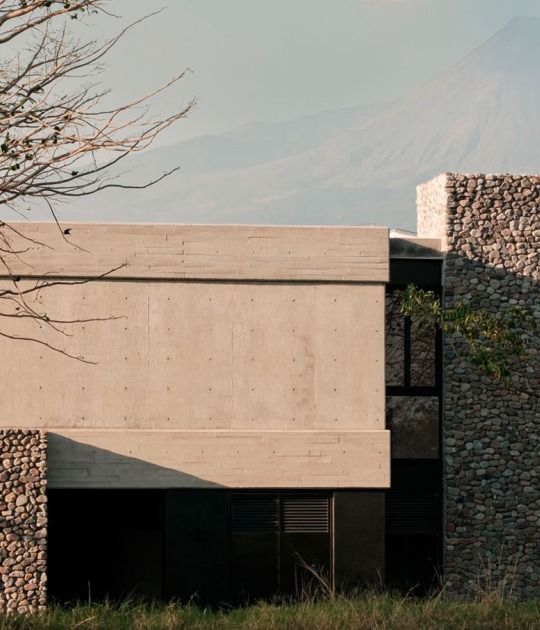The closest buildings make up the core of the house with the kitchen, living room, and library. Each of them has two levels, the upper one being the one dedicated to a viewpoint to enjoy the landscape at the height of the treetops.
The materials used are raw and natural, which makes it easier for the house to connect with the environment, highlighting the modern use of a traditional system such as compact earth for the enclosing walls. The lighting, natural and artificial, is from above, creating an atmosphere of monumentality.

Valle de Plata by RAG Arquitectos. Photograph by Paco Alvarez.
Description of project by RAG Arquitectos
The project arises from dialogue and conversation with our clients in search of a spiritual and refuge space, a broader concept of the house. Forms, spaces and atmospheres respond to concepts of relaxation, peace, silence, meditation and tranquility.
The project is divided into six separate volumes with two main objectives, the first with the intention of inhabiting nature and using it as a privacy filter between them. The separations are increasing depending on the program they contain, the library from the living room, the kitchen from the rooms even more, until the bedrooms are completely separated. The displacement of volumes creates patios and spaces for transition, rest or coexistence, traditional of the pre-Hispanic culture. The second objective was to use the topography and taking into account the orientation, to provide specific views to the use of each space and that each nucleus had the opportunity to generate views on more than two sides. In turn, these separations were the result of conserving the existing vegetation.
The core of the house consists of three volumes, close to each other, which contain the kitchen, the living room and the library with two new levels due to its proximity to the river and the topography, generating under it a flexible area bar/bedroom, and on it the viewpoint that manages to exceed the treetops to enjoy the landscape. The rooms are separate from this central nucleus, it is through the nature and paths that are reached. This allows to generate relaxation and retirement atmospheres, taking care of its privacy and always generating curiosity, each room has a bathroom and terrace.
Materiality connects with the site, through the use of raw and natural materials, such as the compacted earth (taken from the immediate site) and wood. The lighting, natural and artificial, operates in a zenithal way, creating atmospheres of presence and monumentality. The itinerary around the site creates dark and light transitions in which light and reflexes allows the inhabitants to interact with the environment and place in the built space.

Valle de Plata by RAG Arquitectos. Photograph by Paco Alvarez.
The displacement and orientation of the different volumes allow the project to be naturally ventilated, promoting cross ventilation, and in the winter the chimney allows the areas to remain warm. This reduces electrical consumption and allows it to work through solar panels and batteries.
Having used these elements and gestures, such as division, hiding, discovering, moments of natural light, raw material and the site, seen with direct, indirect sun, etc. ... We believe that we achieve intrinsically a space for contemplation, introspection, rest, curiosity, to result in a style of temple, something we believe must be synonymous with the home.




























